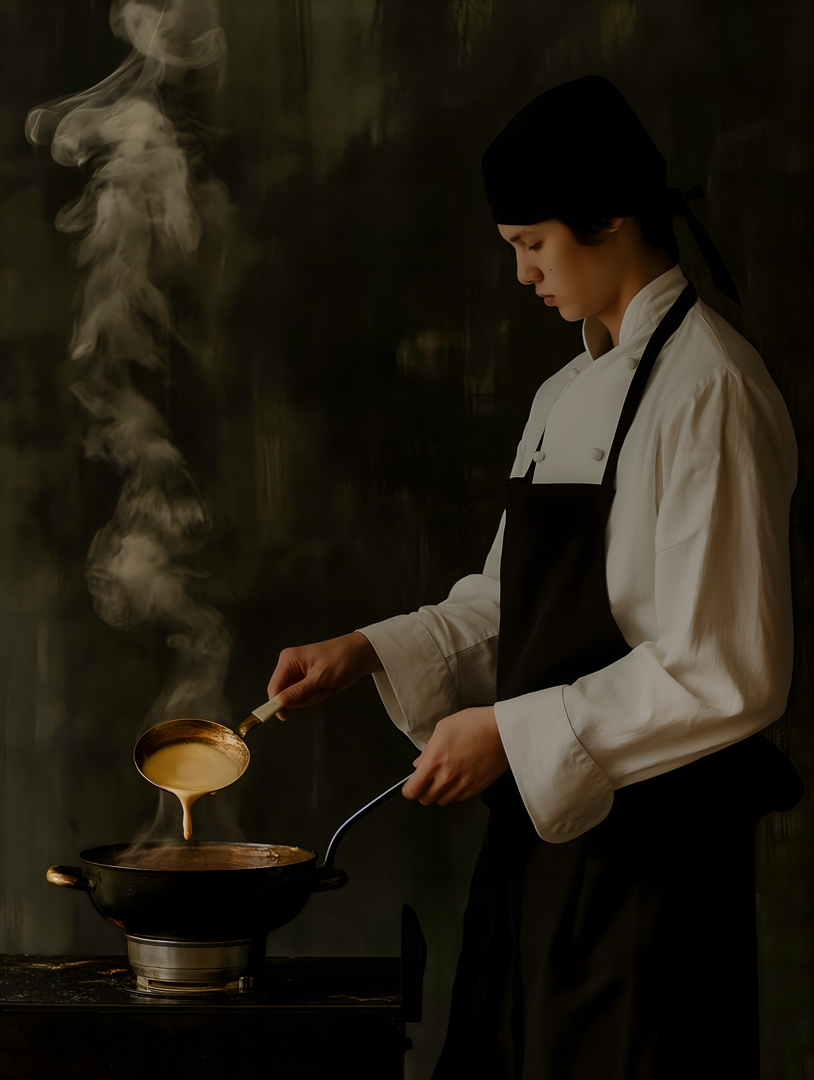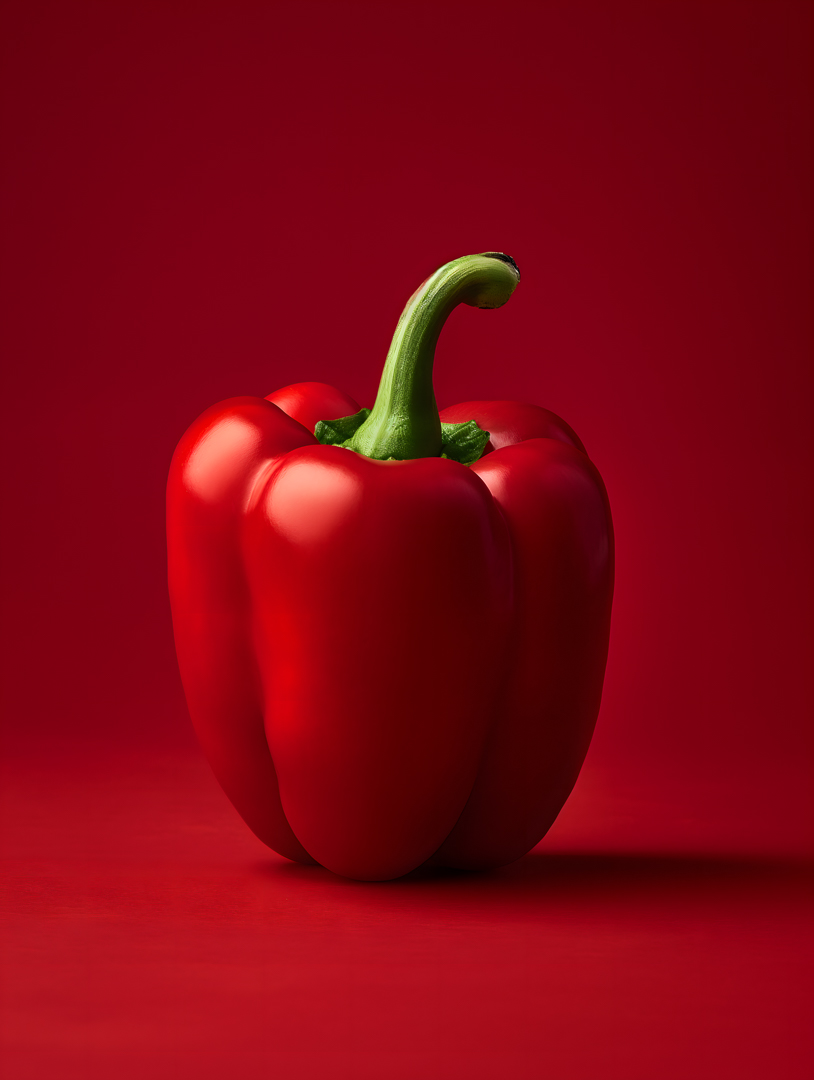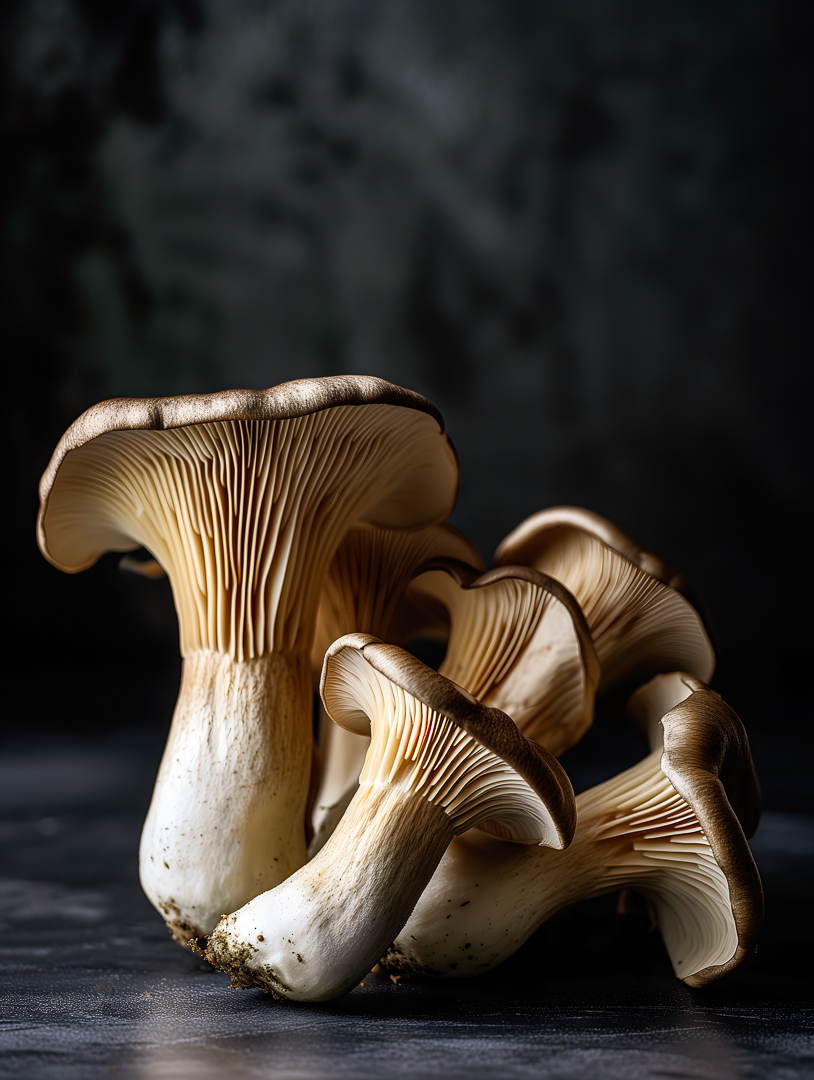In the world of culinary journalism, visual appeal is paramount. High-quality food photography can elevate a dish, enticing readers and bringing recipes to life. Traditionally, food magazines have relied on skilled photographers to capture these mouth-watering images. However, a new player is entering the scene: artificial intelligence (AI). AI-generated food images are not only redefining the aesthetics of culinary magazines but also transforming the workflow and possibilities within the industry.
The Evolution of Food Photography
Food photography has come a long way since the days of simple, static shots. The aim has always been to capture the essence of a dish—its texture, color, and appeal. This requires not just technical skill, but also an artistic touch to make the food look appetizing and evoke a sensory response. Enter AI, which has begun to revolutionize this process by creating hyper-realistic food images that can mimic the work of professional photographers.
How AI-Generated Images Work
AI-generated images are created using deep learning algorithms and neural networks. These systems are trained on vast datasets of food images, learning to recognize and replicate various elements like lighting, shadows, textures, and even the glossiness of a sauce. The result is a stunningly realistic image that can sometimes be indistinguishable from a photograph taken by a human.
One of the leading technologies in this space is Generative Adversarial Networks (GANs). GANs consist of two neural networks: one generates the images (the generator), and the other evaluates them (the discriminator). The generator creates an image, and the discriminator compares it to real images, providing feedback. Through this iterative process, the AI continually improves, producing highly realistic images.
Benefits for Food Magazines
- Cost Efficiency: Hiring professional photographers and setting up elaborate food shoots can be expensive and time-consuming. AI-generated images offer a cost-effective alternative, reducing the need for extensive photography sessions.
- Speed and Flexibility: AI can create images quickly, allowing magazines to respond to trends and seasonal changes with unprecedented speed. Need a Christmas-themed cover image? An AI can generate it in minutes. This flexibility is invaluable in the fast-paced world of publishing.
- Consistency and Quality: AI-generated images maintain a consistent quality, free from variables like lighting conditions or the photographer’s skill level on a given day. This ensures that every image meets the high standards expected by readers.
- Creative Possibilities: AI opens up new creative avenues. Editors can experiment with different styles and compositions without the constraints of physical shoots. For instance, they can generate an image of a dish in various settings or with different garnishes, helping to visualize and select the best option.
Challenges
Despite its advantages, integrating AI-generated images into food magazines comes with challenges. Authenticity is a significant concern. Readers expect genuine content, and there’s a risk that AI images could be seen as less authentic or even deceptive. Magazines must balance the use of AI with transparency, perhaps by disclosing when an image is AI-generated.
Moreover, while AI is excellent at creating realistic images, it lacks the human touch that can make food photography truly special. The subtle imperfections and unique perspectives offered by human photographers bring a level of artistry that AI, for now, cannot fully replicate.
The Future of AI in Culinary Journalism
As AI technology continues to advance, its role in food magazines is likely to expand. We may see hybrid approaches where AI-generated images complement traditional photography. For instance, AI could handle standard recipe shots while photographers focus on more complex, creative compositions.
Additionally, AI could assist in other aspects of food journalism, such as generating recipe ideas based on trends or even writing engaging captions and descriptions. The integration of AI into the editorial process could streamline workflows and allow human journalists to focus more on storytelling and less on routine tasks.
Conclusion
AI-generated food images are poised to redefine culinary journalism, offering numerous benefits from cost savings to creative flexibility. However, the key to successful integration lies in balancing


